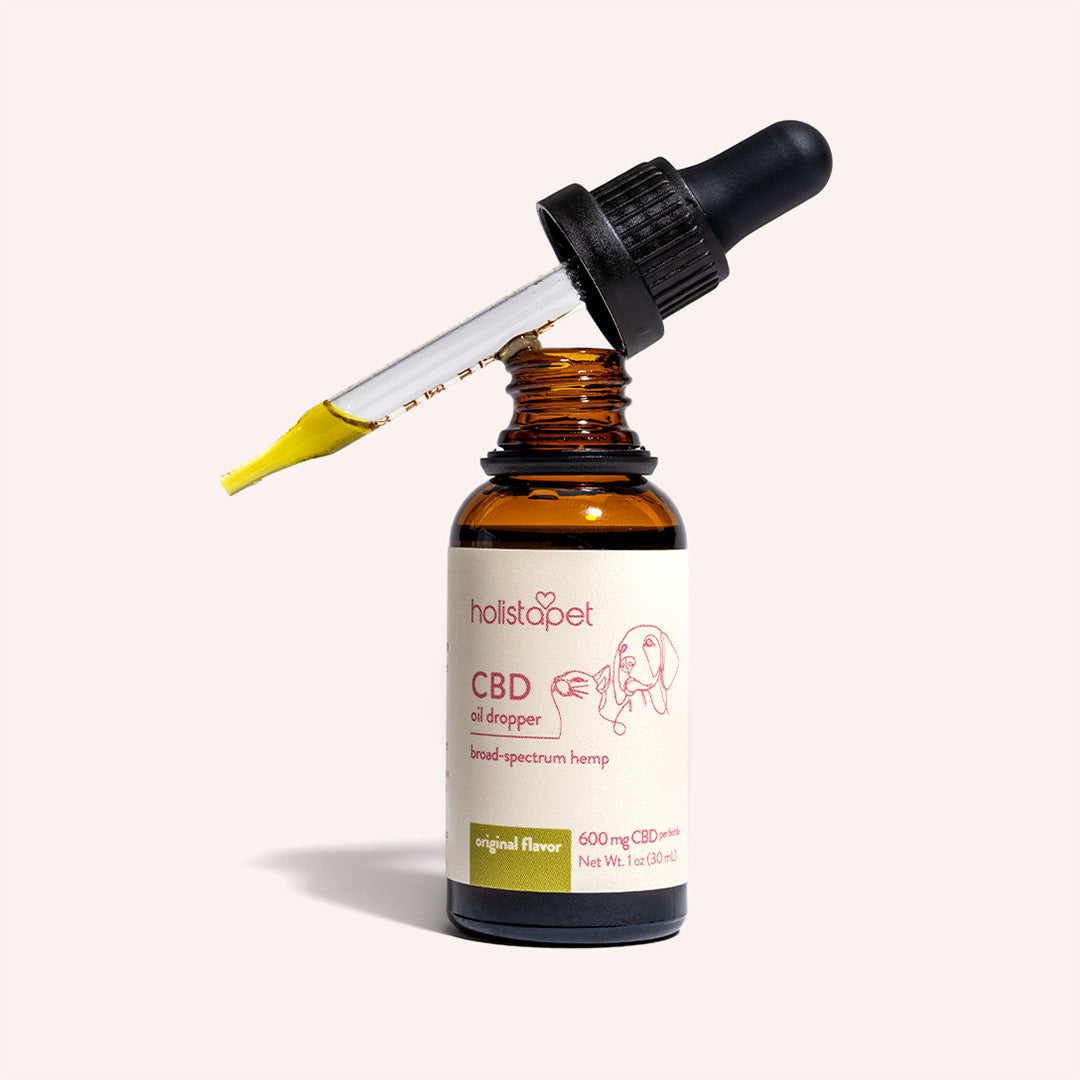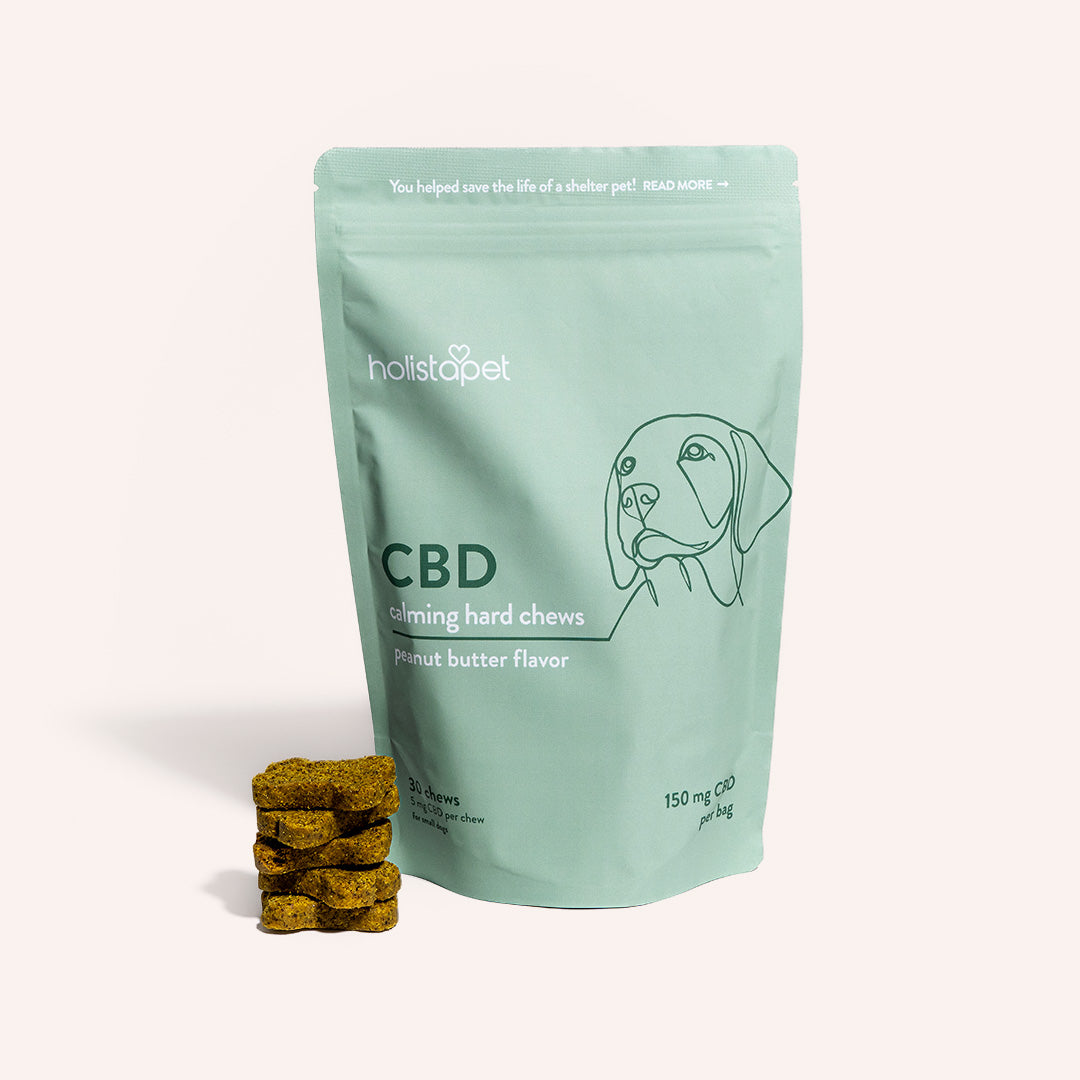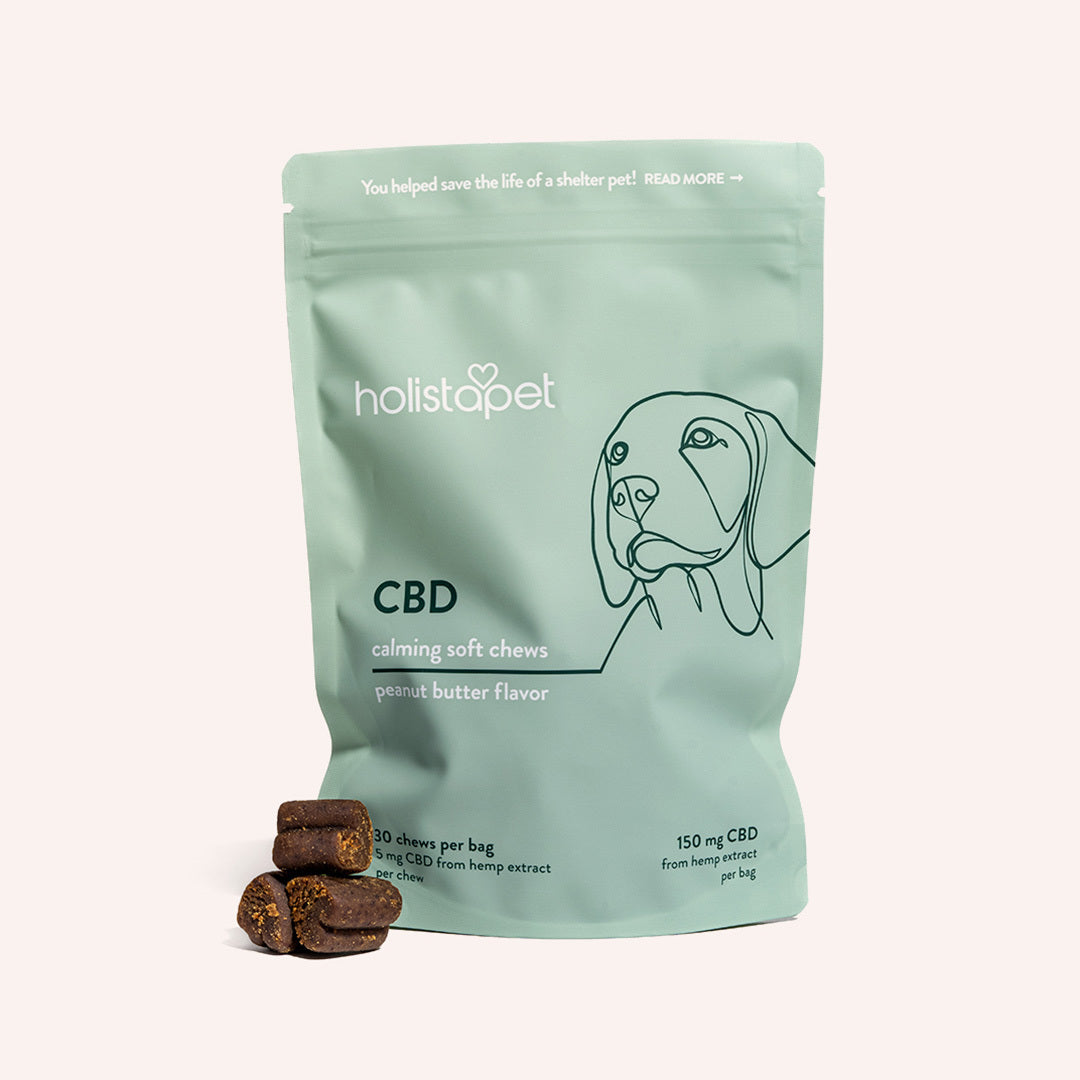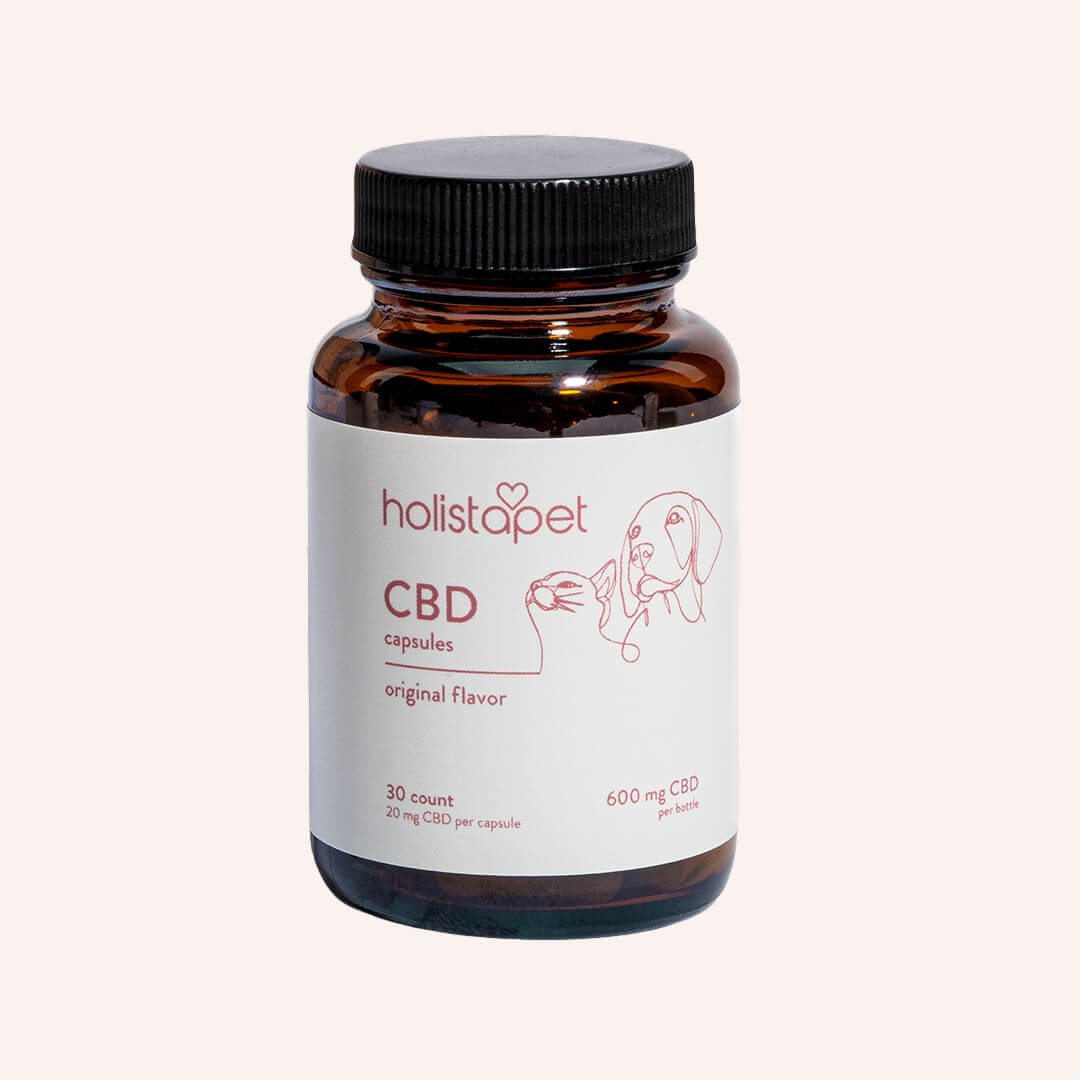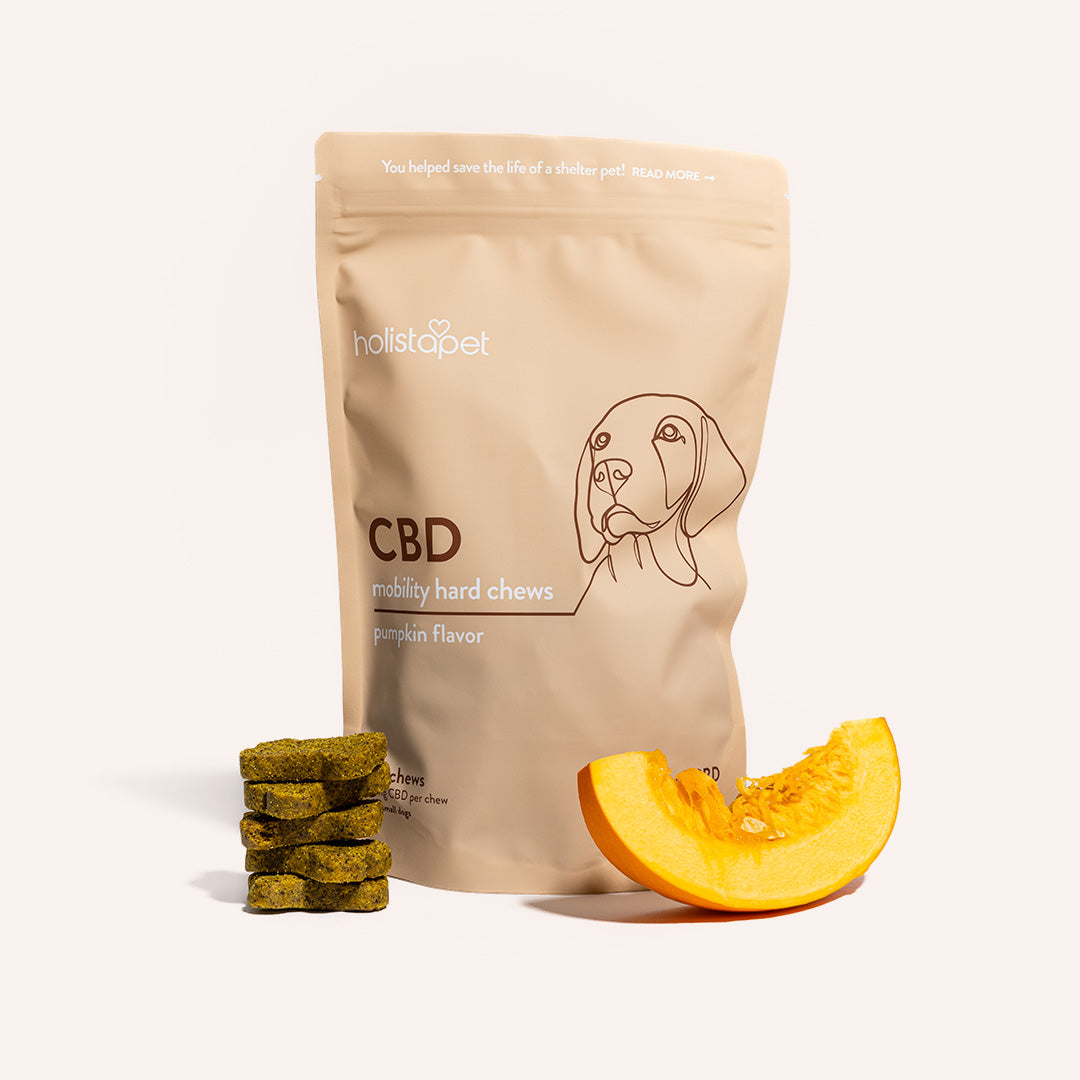Pet Insurance
Join Our Newsletter
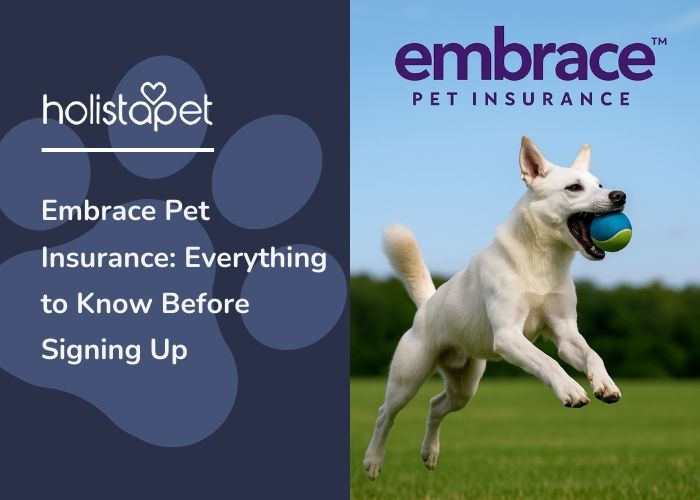
Embrace Pet Insurance: Everything to Know Before Signing Up
Embrace Pet Insurance offers plans designed to support both unexpected accidents—like broken bones or swallowed objects—and everyday wellness needs. With years of pet insurance expertise and option...
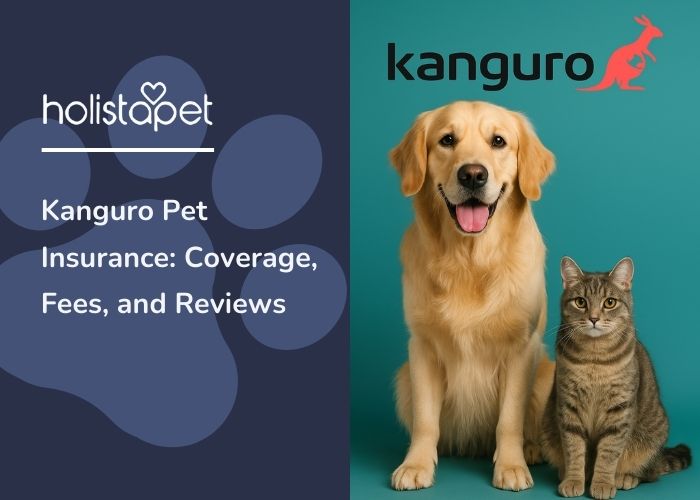
Kanguro Pet Insurance: Coverage, Fees, and Reviews
Kanguro Pet Insurance offers a variety of plans designed to help pet owners manage the cost of unexpected veterinary bills and routine care. With options that include accident and illness plans, we...
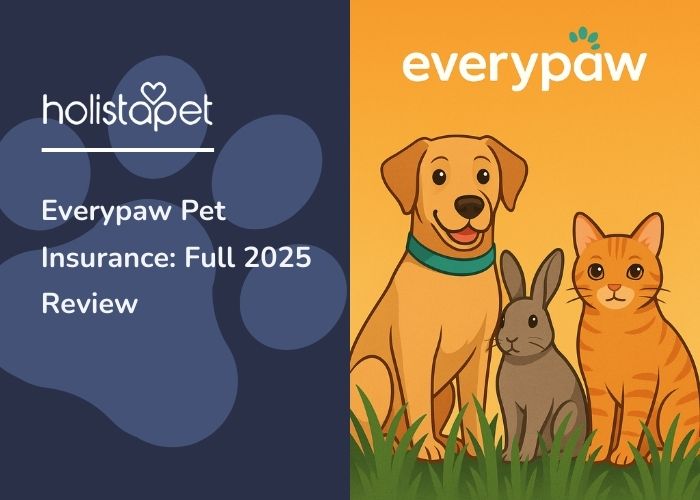
Everypaw Pet Insurance: Full 2025 Review
Choosing the right pet insurance can make a big difference in your furry companion’s health and your peace of mind. Everypaw Pet Insurance is a UK-based provider offering a range of coverage option...
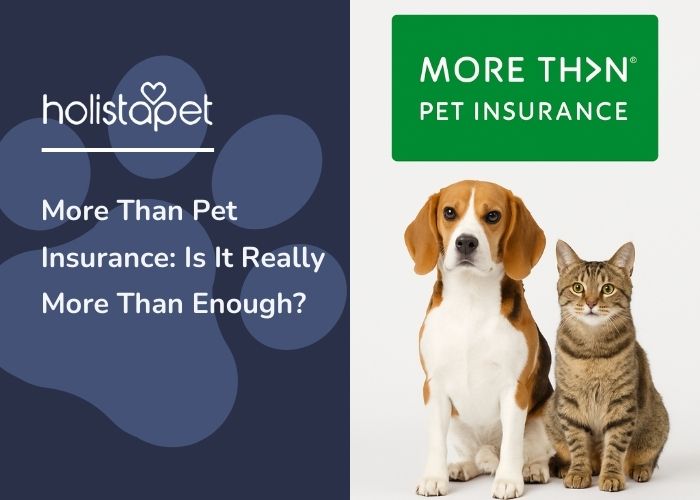
More Than Pet Insurance: Is It Really More Than Enough?
When it comes to safeguarding your furry family member, finding the right pet insurance can feel overwhelming. More Than Pet Insurance claims to offer more than just the basics—but does it truly de...
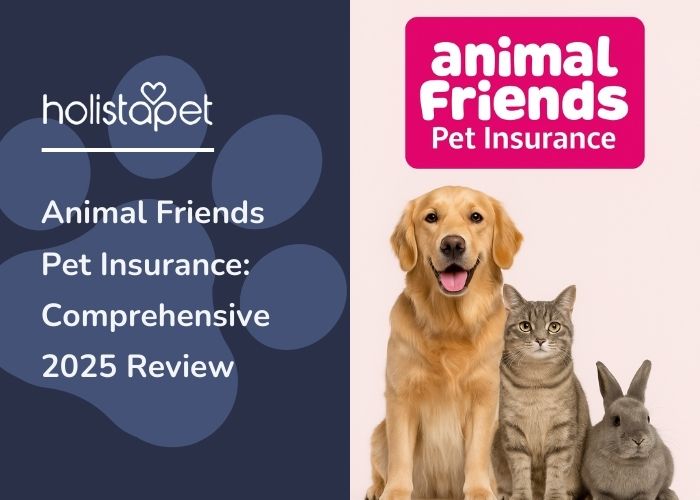
Animal Friends Pet Insurance: Comprehensive 2025 Review
Animal Friends Pet Insurance has gained recognition as a leading UK pet insurer, known for its award winning pet insurance and commitment to supporting the lives of animals everywhere. In this 2025...
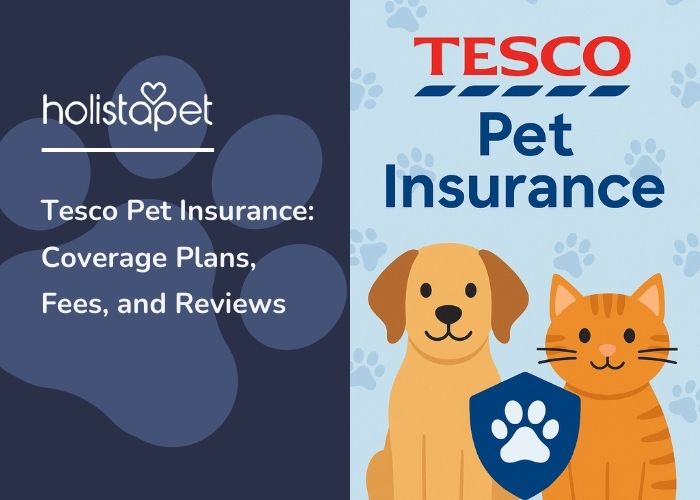
Tesco Pet Insurance: Coverage Plans, Fees, and Reviews
Tesco Pet Insurance, arranged, administered, and underwritten by reputable providers, offers a range of pet insurance plans tailored to different needs and budgets. In this article, we’ll explore T...

Fetch Pet Insurance: Is It Worth Checking Out This 2025?
With veterinary costs on the rise and pet owners seeking smarter ways to protect their furry friends, Fetch Pet Insurance has been gaining serious attention. But does it truly offer the coverage, s...
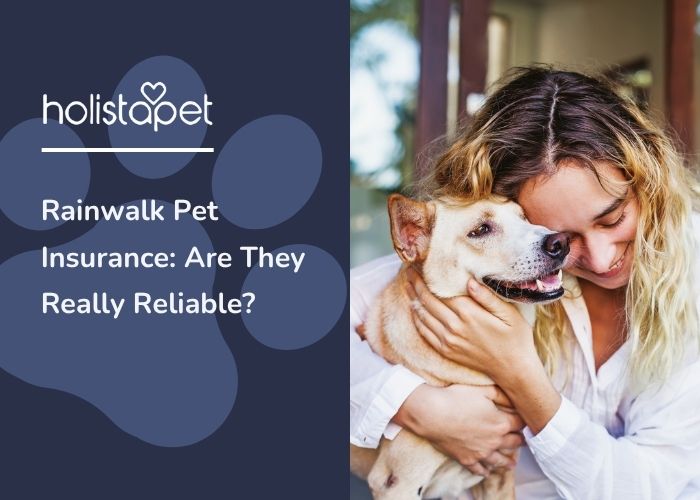
Rainwalk Pet Insurance: Are They Really Reliable?
Rainwalk Pet Insurance has emerged as a popular choice among pet parents seeking dependable coverage and amazing customer service. But does it truly deliver on its promises, especially when it come...

Sainsbury’s Pet Insurance Plans & Benefits Guide
Sainsbury’s is a name many trust for groceries—but how do they stack up in the world of pet insurance? With a variety of plans claiming to offer comprehensive care and flexible coverage, it’s worth...
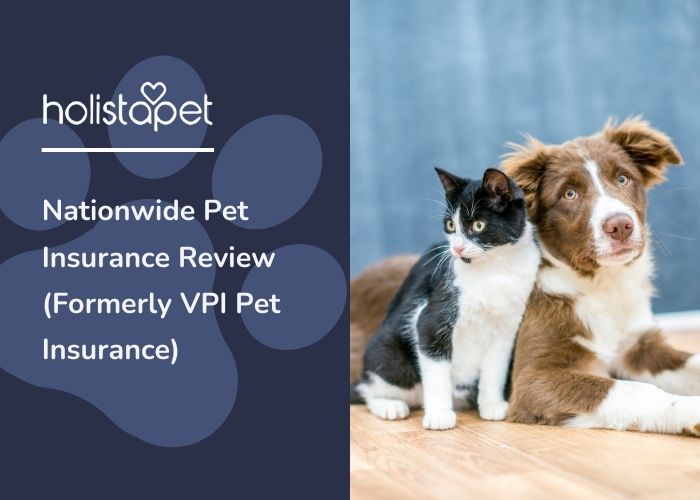
Nationwide Pet Insurance Review (Formerly VPI Pet Insurance)
Nationwide Pet Insurance, formerly known as Veterinary Pet Insurance (VPI), is one of the most established providers in the pet insurance industry. With decades of experience and a wide range of co...
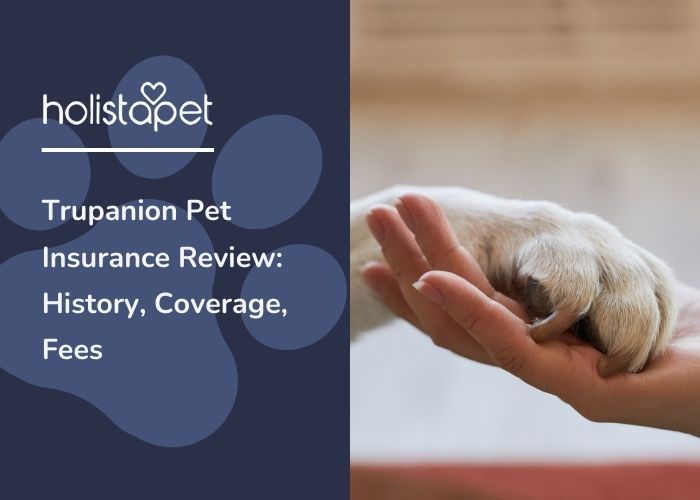
Trupanion Pet Insurance Review: History, Coverage, Fees
Trupanion is a leading pet insurance provider known for its comprehensive coverage and direct-to-vet payment model. Founded in 2000, the company has built a strong reputation for offering straightf...
Pet Insurance Reviews: Coverage & Fees Included
One unexpected vet visit can wipe out your weekend plans and your savings. Pet insurance can help stop that from happening. It can cover those surprise bills, from emergency care to X-rays and everything in between.
Get that financial armor for your furry friend. Sure, your love is endless, but your budget isn't.
What Is Pet Insurance and How Does It Work?
Pet health insurance plans help cover veterinary bills when your dog or cat gets sick or hurt. You pay a monthly cost, and if something goes wrong, your insurance company helps pay for the care.
After you meet your deductible, you'll get reimbursed for covered expenses like accident coverage or illness care. It's like a safety net for your wallet and your fur baby's health.
How Reimbursement, Deductibles, and Premiums Function
You pay a monthly premium to keep your pet insurance working. If your bestie ends up needing care, you'll pay the bill upfront. Then, you submit a claim, and the reimbursement lands back in your account, usually via direct deposit.
Your deductible is what you cover before insurance kicks in. The higher your deductible, the lower your premium.
What's Typically Covered by Pet Insurance?
Most pet insurance policies cover accidents, sudden illnesses, and ingested objects. Covered conditions often include fractures, ear infections, and hereditary conditions like hip dysplasia. Some plans also toss in diagnostic tests.
The ultimate goal of getting pet insurance is financial protection when things go sideways. If the health issue is sudden and not considered pre-existing, chances are it's on the coverage list.
What's Usually Not Covered (Exclusions & Limits)
Most insurance plans skip anything pre-existing, so don't expect coverage for old issues already in your pet's medical history. Routine needs like dental cleanings, annual checkups, and wellness plans often cost extra. Cosmetic procedures are a no, too.
There are payout limits as well, so read those insurance policies closely. The bottom line is don't assume.
Is Pet Insurance Worth It?
Absolutely! If you've ever seen a vet bill after an emergency, you know why. Pet insurance helps cut down the financial panic when things go wrong. With a policy in place, you're not stuck choosing between your wallet and your best friend. It's peace of mind for pet owners who want to be ready for anything without draining their savings.
Factors That Influence Value for Your Pet
A few key things can determine the right pet insurance for your furry bestie. Here are the factors to consider:
- Pet's Breed. Some dog and cat breeds are more likely to develop certain covered health conditions.
- Age of Pet. Older animals usually come with higher premiums and fewer plan options.
- Lifestyle. Outdoor pets face more risks than indoor loungers, which can affect coverage needs.
- Location. Vet bills vary based on where you live. City pet owners often pay more.
- Pre-Existing Conditions. If your companion already has issues, those might not get covered at all.
How Pet Insurance Helps During Emergencies or Chronic Conditions
When panic strikes, pet insurance helps you act fast without stressing over the bill. Emergency vet care and chronic issues like joint aches or upset stomachs often rack up huge costs. With coverage, you're not left waiting or hesitating. Instead, you can get your furry pal help ASAP, whether it's a CT scan, some bloodwork, or a long-term treatment plan.
Types of Pet Insurance Plans
Some pet insurance policies stick to the basics, while others give you more bells and whistles. Here are the types to consider based on your needs:
- Accident-Only Plans. Covers unexpected injuries like broken bones or swallowed objects.
- Accident & Illness Plans. Adds coverage for common illnesses like infections or digestive issues.
- Wellness Coverage Add-Ons. Helps with routine care like dental cleanings and yearly checkups.
- Comprehensive Coverage. Packs everything together: accidents, illnesses, and preventive care.
- Customizable Plans. Lets you adjust payout limits, deductible options, and add-ons based on your budget.
Accident-Only Plans
Accident-only plans are the no-frills option for animals who are otherwise in good shape. They're strictly for the "oh no" moments, such as broken bones, swallowed objects, and cuts that need stitches. They're basic, but they're better than footing the full bill solo when chaos strikes.
Accident & Illness Plans
This plan covers everything from injuries to upset tummies. It's the go-to for pet owners who want a wider safety net. This plan combines accident coverage with illness care, so you're not picking between the two. For companions who get into everything, it's a solid all-around choice.
Wellness and Preventive Care Add-Ons
These extras cover the stuff you know your furry buddy needs, even if it's not an emergency. We're talking oral care, annual checkups, bloodwork, and routine vet visits. It won't cover surprise accidents or illnesses, but it can save money on predictable care. Perfect for pet lovers who like to stay ahead of the game.
What Does Dog Insurance Cover?
Dog insurance usually kicks in during sudden injuries, illnesses, or those mystery limps that pop up out of nowhere. Covered situations often include broken bones, upset stomachs, swallowed toys, and joint swelling.
Some plans also help with chronic issues or hereditary conditions. Depending on the pet insurance policy, you might also get coverage for dental, bloodwork, and emergency care.
Common Dog Health Concerns and Coverage Gaps
Dogs have a knack for getting into trouble, and some health concerns come with the territory. While many issues get covered, a few slip through the cracks depending on the pet insurance company:
- Joint Swelling. Covered by many plans, especially in breeds prone to mobility issues.
- Upset Stomach. Often included unless tied to a pre-existing condition.
- Dental Problems. Basic plans may skip dental care unless you add wellness coverage.
- Skin Irritation. Usually covered if it's sudden, not if it's considered chronic.
- Hereditary Conditions. Some insurers limit or exclude breeds with higher risk.
Breeds That May Benefit Most From Insurance
Some dog breeds come with a higher chance of vet visits. That's where pet insurance pays off. Consider getting one if you have:
- Bulldogs, Pugs, and Frenchies. They're adorable but often face breathing issues.
- Labradors and German Shepherds. Prone to hip dysplasia and joint aches.
- Dachshunds. Spinal issues are common.
- Big Breeds Like Great Danes. They rack up higher vet bills due to size and higher risk.
- Mixed Breeds. Still smart to get coverage because surprises don't care about pedigree.
What Does Cat Insurance Cover?
Cat insurance helps with the stuff that sneaks up, like tummy troubles, falls from countertops, and weird limps. Most insurance plans for felines cover accidents, sudden illnesses, and some chronic issues. Coverage can also include imaging tests, blood tests, and emergency care. Some plans even help with routine care and teeth cleanings if you add the right extras.
Health Conditions That Are Common in Cats
Cats may act like royalty, but they also deal with health hiccups. Here are the common ones:
- Urinary Tract Issues. Common in both males and females, often covered under illness care.
- Dental Disease. Many cats deal with this, but not all plans include dental cleanings.
- Kidney Troubles. Chronic kidney problems may require blood tests and ongoing vet visits.
- Upset Stomach. Could be from hairballs or something sneaky they ate.
- Skin Irritation. Allergies or rashes can flare up without warning. Some plans will help cover it.
Indoor vs. Outdoor Cat Coverage Considerations
Indoor cats usually face fewer risks, so they might not need as much accident coverage. But they're still at risk for things like upset stomachs, dental issues, and chronic problems. Outdoor cats need broader coverage and possibly higher premiums due to higher risk.
How Much Does Pet Insurance Cost?
Pet insurance costs vary, but it's usually cheaper than a surprise surgery. Monthly premiums depend on your companion's age, breed, and where you live. Plans with lower deductibles or higher payout limits cost more.
Add-ons like wellness coverage can bump the price, too. Still, for many pet owners, the monthly cost beats a $3,000 emergency bill.
Cost Breakdown by Species, Age, and Breed
Your pet's species, age, and breed all shape what you'll pay for insurance. Cats usually cost less to insure than dogs. Puppies and kittens are cheaper to start, but prices rise as they grow older. Senior pets often come with higher premiums and more restrictions. Certain dog and cat breeds are also considered higher risk, which means bigger bills.
Monthly Premium Ranges and Customizable Plans
Monthly premiums can range anywhere from $15 to over $100, depending on your pet and plan. A basic accident-only plan costs less, while comprehensive coverage drives up the price. Want wellness add-ons or a lower deductible? That'll boost your monthly cost.
The good thing is that most pet insurers offer customizable plans. You can adjust your coverage, deductible, and payout limits to fit your budget and your pet's needs.
Choosing the Right Pet Insurance Provider
You want a pet insurance company that fits your pet's needs and your budget. Some shine with fast reimbursements, while others pack in better coverage for less cash. Look for clear info on exclusions, coverage, and how they handle pre-existing issues. As a caring pet parent, you deserve transparency.
Key Features To Compare
It pays to zoom in on the details. Before you sign anything, compare these core features:
- Waiting Periods. Some pet insurers make you wait days or weeks before coverage kicks in.
- Claims Process. A smooth, fast claims system means you won't stress when vet bills hit.
- Flexibility. Look for plans you can adjust, like deductible options, payout limits, and add-ons.
Highly-Rated Providers for Dogs and Cats
Not sure where to start? These pet insurance companies have tails wagging and cats purring across the country:
- Healthy Paws. Loved for fast claims and no payout limits.
- Embrace. Offers customizable plans with options for wellness coverage.
- Figo. Has techy features like a pet cloud app.
- Trupanion. Pays the vet directly. No waiting for reimbursement.
- Lemonade. Budget-friendly with a super quick claims process.
When Should You Get Pet Insurance?
The best time to get pet insurance is before you need it. Signing up early means fewer pre-existing conditions to worry about and more things your plan will actually cover.
Puppies and kittens usually get lower premiums and broader options. But even adult pets benefit from financial protection sooner rather than later. Waiting could mean higher costs or coverage gaps, so don't wait for an emergency to start thinking about it.
Ideal Age To Enroll a Puppy or Kitten
The sweet spot to enroll your new furball is right after their first vet visit. Most providers allow sign-ups around 6 to 8 weeks old.
Getting coverage early means fewer considered pre-existing conditions. Younger pets are usually cheaper to insure and less likely to get denied for chronic issues. Plus, you'll have protection during their wild zoomies and teething chaos.
Can You Get Insurance for Senior Pets?
Yes, but it gets trickier and pricier. Some pet health insurance companies set age limits for new enrollments, especially for dogs over 8 or cats over 10.
Even if you can sign up, coverage might skip chronic conditions already listed in your pet's medical records. Still, plans that offer accident coverage or limited illness coverage can be worth it.
Questions To Ask Before Buying Pet Insurance
Before you grab a pet insurance plan, ask a few smart questions. Asking now saves headaches later because surprises should come from your pet, not your policy.
- Does the plan include wellness care?
- What counts as a pre-existing condition?
- Can you customize the deductible or payout limits?
- Does the company pay the vet directly?
Does It Cover Prescription Medications or Supplements?
Some pet insurance plans cover prescription meds, but not all. If your buddy needs long-term care or a daily pill, check the fine print. Many plans treat medications as covered items under illness coverage.
Supplements, however, are a gray area. Some wellness plans include natural additions to a daily routine, while others don't. Always ask your insurance agent before assuming anything.
Are Holistic Treatments Like CBD or Acupuncture Covered?
Some pet insurance plans do cover holistic treatments, but not all of them. If your pet finds relief with acupuncture, massage, or natural remedies, you'll want to check if your provider includes those under wellness plans or as add-ons.
CBD (cannabidiol) products are becoming more popular for helping ease anxious behaviors, joint aches, and queasiness in pets, but they're rarely included in standard coverage. If you want safe, soothing, reasonably priced options without the guesswork, HolistaPet is here for you. Check out our CBD collections for both cats and dogs—made with well-tolerated, natural ingredients and loved by pet parents everywhere.
How to File a Pet Insurance Claim
Most insurance companies make it quick and easy to file a claim. Here's how to make the process even smoother:
- Visit a Licensed Veterinarian. Make sure your provider approves your vet.
- Pay the Bill. Keep the full itemized receipt for your records.
- Complete the Claim Form. Fill it out with all the details about your pet's care.
- Attach Medical Records. Include notes, X-rays, or test results if needed.
- Submit and Chill. Send everything in. Most insurers accept email or app uploads.
What You'll Need for a Smooth Claims Process
A smooth claims process starts with preparation. Keep a folder (digital or physical) with all your pet's insurance and vet info handy. You'll need a completed form, a paid invoice, and your companion's medical records. Some insurers might ask for test results, blood work, or X-rays, especially for bigger claims.
Common Mistakes That Can Delay Reimbursement
A few simple slip-ups can slow your claim to a crawl. Here's what to avoid:
- Missing Claim Forms. Forgetting to submit the form is a fast track to delays.
- Incomplete Medical Records. Leaving out history or exam notes can trigger back-and-forth emails.
- Unclear Invoices. Vague or handwritten bills might not fly with your insurance company.
- Submitting Late. Some insurers have strict deadlines. Miss it, and you miss out.
- Wrong Vet Info. Claims need to come from a licensed veterinarian, not Dr. Google.
Final Thoughts – Making an Informed Choice on Pet Insurance
Think of pet insurance as peace of mind wrapped in a policy. The right plan can save you stress and cash and your best friend a lot of discomfort. So, ask the right questions, compare providers, and read the fine print. Your buddy's health deserves solid backup!
Recommended Products
Based on these articles

